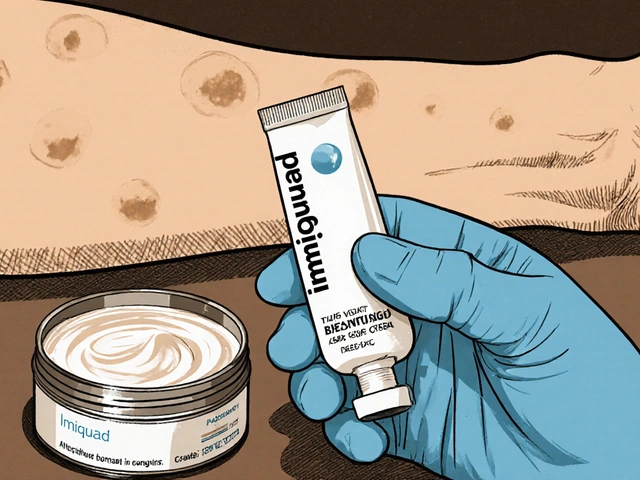Toddler Skin Infections: What Every Parent Should Know
Kids love exploring, but that curiosity can bring skin irritations fast. A red bump, itchy patch, or flaky area on your toddler’s skin can feel scary, yet most of these problems are simple to handle. Knowing the usual suspects, how they show up, and when you need medical help can save you time, worry, and extra doctor visits.
Common Types of Toddler Skin Infections
Here are the usual culprits you’ll see on little ones:
- Diaper rash – Red, sore skin in the diaper area, often caused by moisture, friction, or a yeast infection.
- Impetigo – A contagious bacterial infection that starts as tiny blisters and turns into honey‑colored crusts, usually on the face or hands.
- Ringworm (tinea corporis) – A fungal infection that looks like a round, red ring with clearer skin inside.
- Cold sores – Small fluid‑filled bumps around the mouth caused by the herpes virus; they can spread to other spots.
- Eczema flare‑ups – Dry, itchy patches that become red and weepy, often triggered by soaps, fabrics, or stress.
Most of these infections appear suddenly and may spread quickly if left alone. Keep an eye on your child’s behavior: scratching, whining, or a fever are clues that the rash needs more than a simple wash.
How to Care for a Rash at Home
Start with gentle cleaning. Use lukewarm water and a fragrance‑free soap, then pat the area dry. For diaper rash, change diapers often and apply a thin layer of zinc oxide cream to create a barrier.
If you suspect a fungal infection like ringworm, over‑the‑counter antifungal creams (clotrimazole or miconazole) work well when applied twice daily for a week after the spot disappears.
For impetigo, you’ll need a prescription antibiotic, but before you get there, keep the sore clean, cover it with a loose gauze, and wash your hands thoroughly after each touch.
Eczema benefits from moisturizers applied right after a bath while the skin is still damp. Look for products with ceramides or colloidal oatmeal, and avoid tight clothing that can rub the skin.
When a rash is painful, swollen, or covered in pus, or if your toddler has a fever over 101°F (38.3°C), call your pediatrician. Those signs often mean a deeper infection that needs professional treatment.
Finally, keep your home clean. Wash toys, bedding, and towels in hot water, and disinfect surfaces with a mild bleach solution. This cuts down the chance of spreading germs to other family members.
With a bit of observation and the right home steps, most toddler skin infections clear up quickly. Knowing when to act and when to seek help keeps your little explorer happy and healthy.
Choosing the Right Antifungal Cream for Toddler Skin: Tips, Safety, and Facts
Wondering which antifungal is safest for your toddler? Find out which formulations work, how to avoid fragrances, and dosing tips to keep little skin healthy.





